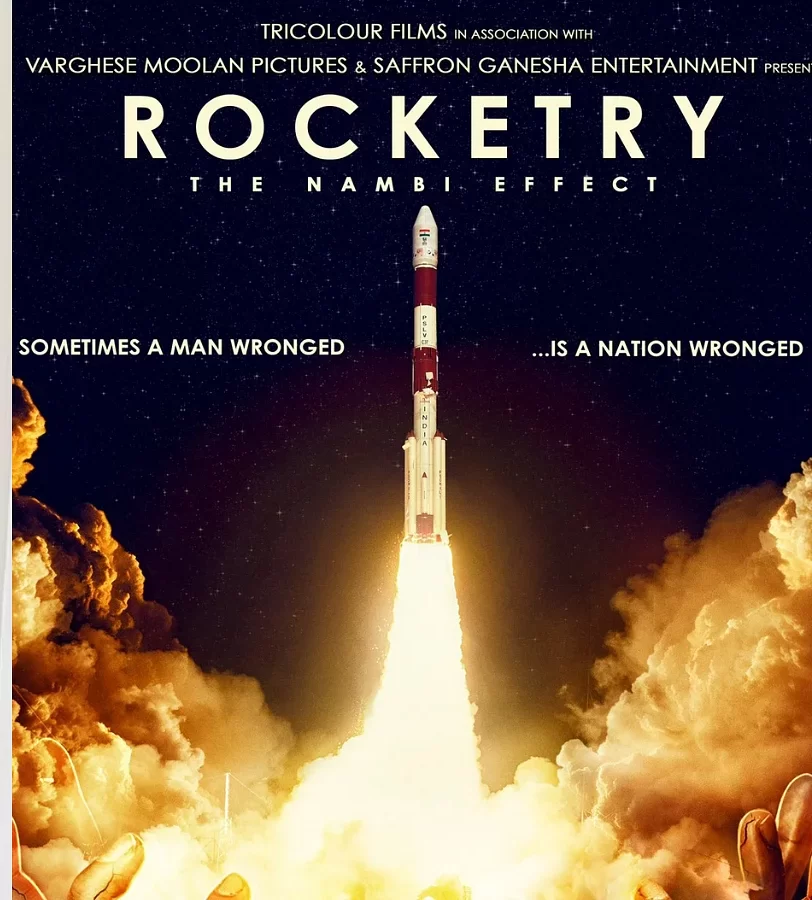MUMBAI: The Motion Picture Association of America (MPAA) has approved the use of DreamStream’s secure online file streaming system as a solution to curb digital piracy.
DreamStream can restore property rights to their owners and restore the commercial success of music and video recordings with a solution that benefits both producers and consumers.
"We are very excited to have the MPAA stand behind our technology. The MPAA understands the need to be proactive – rather than reactive — in addressing the chokehold that piracy has on the motion picture industry. Their recommendation is not something that Hollywood will take lightly," said DreamStream chief development officer Ulf Diebel.
On 27 June, 2008, MPAA vice president digital media technologies Krishnan Rajagopalan announced the MPAA’s intent to recommend DreamStream’s file streaming technology to the major motion picture studios.
MPAA reports that the major motion picture studios lose more than $6 billion every year because of piracy alone.
"DreamStream has developed a very unique technology that is extremely important in our industry, because of copyright infringement. It will allow the content providers to recoup the billions of dollars that they are loosing right now," said Solomon Entertainment Enterprises founder Michael Jay Solomon.
MGM former vice president of intellectual property enforcement Laura Tunberg first introduced the MPAA to DreamStream’s system in March 2008. Since that time, the MPAA has reviewed the technology and found it to be a viable means for securing digital content, Solomon said.
"We are very excited about our breakthrough technology. For the first time, digital content can be distributed without fear of piracy. By making it possible for studios and other copyright holders to secure their content, we can make it impossible for movies to be digitally pirated. DreamStream can restore property rights to their owners and restore the commercial success of music and video recordings with a solution that benefits both producers and consumers," said Diebel.
In recent years, online media distribution systems, such as Apple’s iTunes, have continually fallen prey to digital piracy. DreamStream claims to have the solution to this dilemma.
"The existing systems are broken. If studios and artists want to confront the problem of piracy they must embrace a comprehensive restructuring of their distribution methods," said Diebel.
MPAA was attracted to DreamStream’s system because it differs from existing products and services in several ways. Most noteworthy, DreamStream’s system operates via online streaming and not file downloads. As such, purchased content cannot be stored on users’ hard disks, which eliminates the possibility of copying or redistributing the digital files.
Because the content does not have to be downloaded, DreamStream’s technology is able to transmit media files at such higher qualities than are currently being offered by DreamStream’s competitors. With only a 4 Mbps Internet connection, DreamStream’s system is able to provide consumers with HD quality content.
Unique to DreamStream’s technology is the instant availability of the digital content offered. While most media systems require download or processing delays, DreamStream’s system is able to offer its users instant access to digital content.
DreamStream’s technology also features encryption that greatly exceeds current standards. While existing online media distribution systems are typically secured using only 128 bit encryptions, DreamStream touts a full 20-round, 2048 bit encryption, which is the strongest in the industry. To date, DreamStream is the only company to offer the protection of military grade encryption in the online delivery of streaming media.
DreamStream’s unpublished encryption has never been compromised by hackers or digital pirates.
DreamStream’s file streaming system is one of the many uses for the company’s encryption technologies. DreamStream’s encryption can be imbedded into any online or computer-based system. DreamStream is currently developing a secured, low-cost, high-definition disc-based system to rival Sony’s Blu-ray technology.




